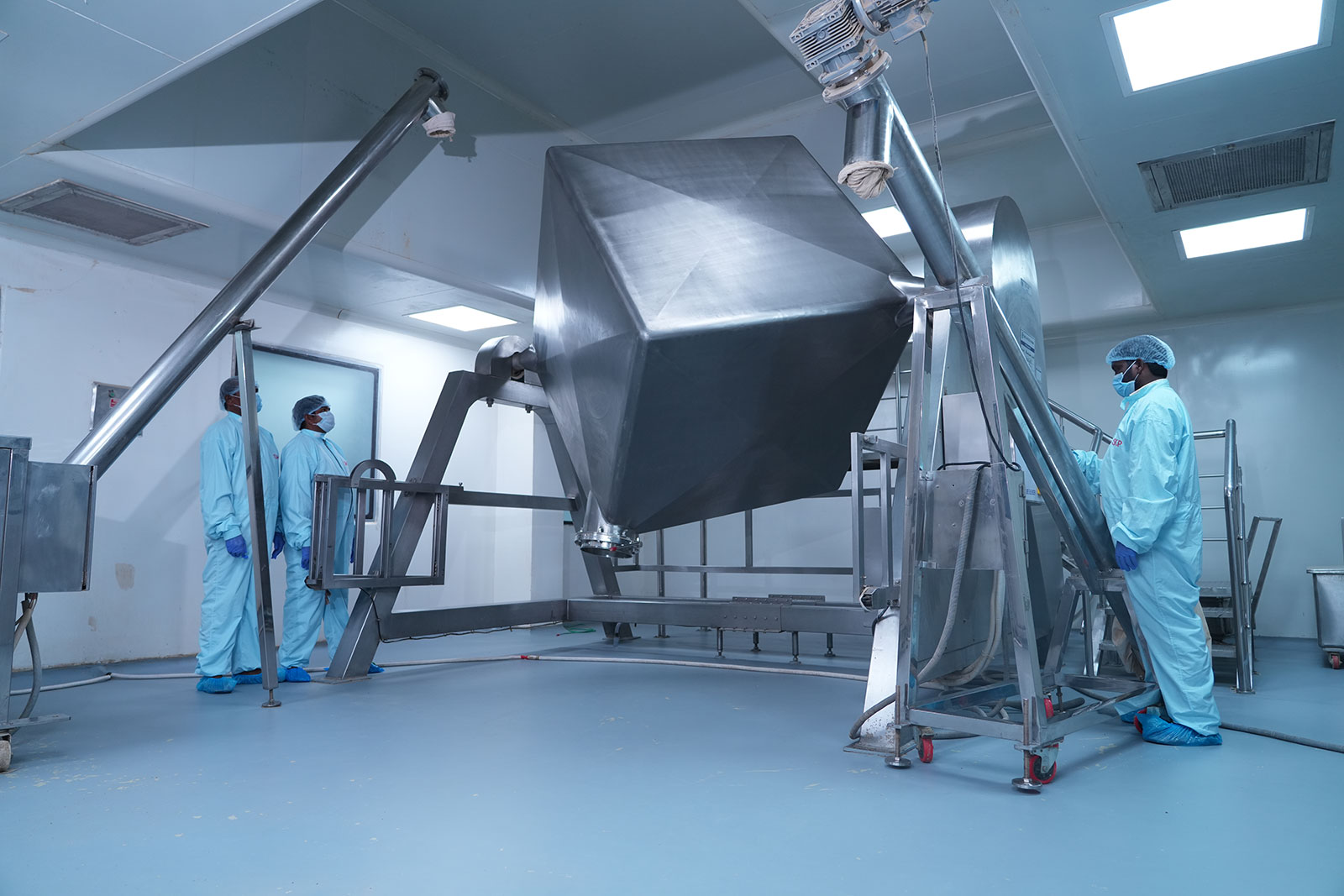Quality Control
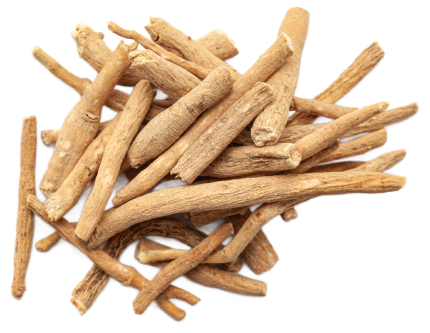
Good Agricultural And Collection Practices (GACP)
The ashwagandha root has different bioactive compounds in varying amounts and ratios depending on the location it is grown, especially soil conditions. Ashwagandha quality becomes low with poor soil and old roots that fail to make any significant contribution to its therapeutic properties. We, at Ixoreal, only collect the finest ashwagandha roots from the best locations possible. The plants do well in well-drained sandy loam or light red soils having a pH range of 7.5-8.0. It is a crop of late rainy season necessitating relatively dry periods whereby areas receiving annual precipitation levels between 650-750 mm are suitable for its cultivation. The state of Rajasthan, India, is recognized worldwide as the producer of premium-quality ashwagandha and this explains why we have our farms there located. Our ashwagandha roots are cultivated naturally without using old root stock. The extraction uses special or high A-grade pieces of root which are solid and bright measuring up to 7 centimeters long in length by 1 to 1.5 centimeters in diameter respectively.
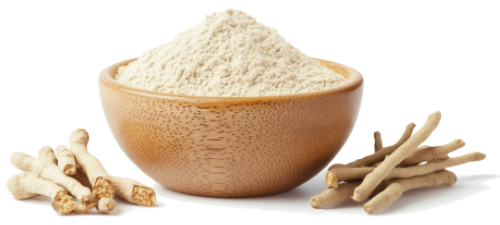
Current Good Manufacturing Practices (cGMP)
At KSM-66, WHO and US-FDA guidelines are followed thoroughly on GMP. To have a tour of our state-of-the-art manufacturing unit we invite our business partners, located at the Government of Andhra Pradesh (India) allocated Pharma zone. Our KSM-66 Ashwagandha processing is based on ‘Green Chemistry’ principles and ensures an effective overall approach to product quality control and risk management. We have set internationally approved standards and practices for product testing, manufacturing, storage, handling and distribution. Ixoreal firmly believes in offering a safe and effective product and therefore does not compromise on systems and documentation. All bulk and raw products are stored in quarantine before being subjected to KSM-66 Ashwagandha processing. To ensure KSM-66 Ashwagandha’s consistency and high quality and to prevent raw material and pre-finished material from being adulterated, contaminated or spoiled, Ixoreal has established manufacturing controls at every stage.
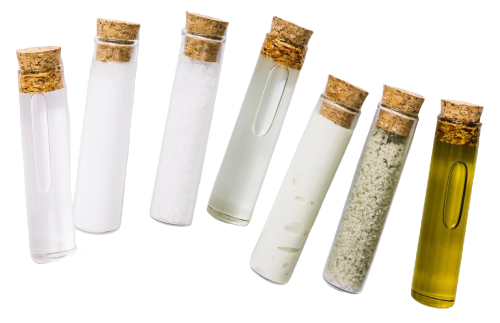
Current Good Laboratory Practices (cGLP)
Ixoreal subjects KSM-66 Ashwagandha to various internationally prescribed quality standards in its state-of-the-art laboratory. All raw and finished material is inspected by the in-house quality control unit. Freshness labeling guidelines are followed. Trained and qualified personnel handle all the material, from raw stock to finished product. Based on client requirements, Ixoreal also offers to get its product tested in independent testing laboratories anywhere in the world. We welcome third-party verification of our analytical reports. In short, Ixoreal Quality Control & Quality Assurance stages include:
- Quality on the farm
- Quality on receiving the raw material
- In-house laboratory testing and segregation of raw material
- Organoleptic testing
- Moisture content analysis
- Microscopy and petri-grid analysis
- Microbiological testing
- Ash testing
- pH testing
- Aflatoxin testing
- Heavy metal analysis
- Pesticide analysis
- Bioactive Analysis
- Every sample and every dispatched batch is accompanied by a certificate of analysis (COA).
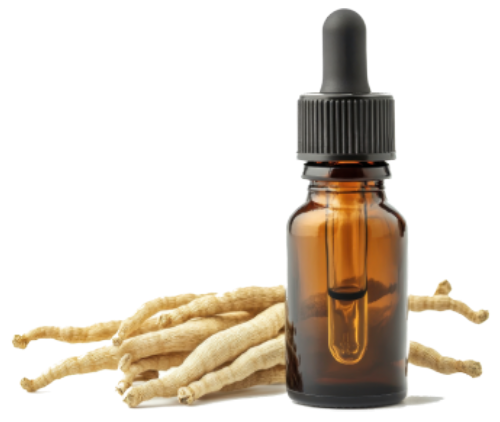
Good Packaging Practices (GPP)
Strict protocols are followed at every stage- from storing of raw herb to finished product. Precise labeling and hygienic handling are ensured. KSM-66 Ashwagandha packaging is done as per the Standard Exports Packaging policy.

